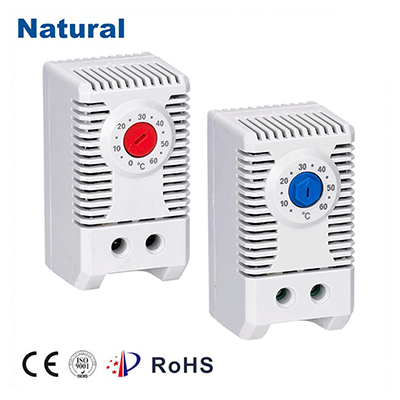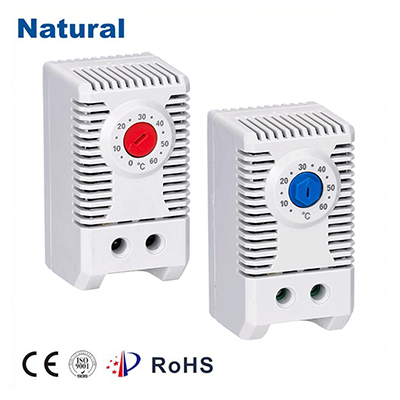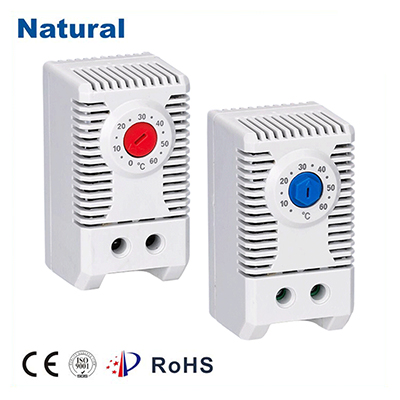Bimetal thermostats are essential components widely used in various heating and cooling systems. Their unique mechanism and functionality make them an integral part of temperature control in residential, commercial, and industrial applications. This article delves into the working principle of bimetal thermostats, their applications, and the advantages they offer.

Working Principle of Bimetal Thermostats

At the heart of a bimetal thermostat is a bimetallic strip, which consists of two different metals bonded together. These metals have different coefficients of thermal expansion, meaning they expand and contract at different rates when exposed to temperature changes. Common combinations include copper and steel or brass and steel. When the temperature rises, one metal in the strip expands more than the other, causing the strip to bend. This bending action can be designed to either open or close an electrical circuit, depending on the thermostat’s configuration. For example, in a heating system, when the temperature exceeds a preset limit, the bimetal strip bends in such a way that it breaks the circuit, turning off the heating element. Conversely, as the temperature drops, the strip returns to its original shape, re-establishing the circuit and allowing the heating to resume.
